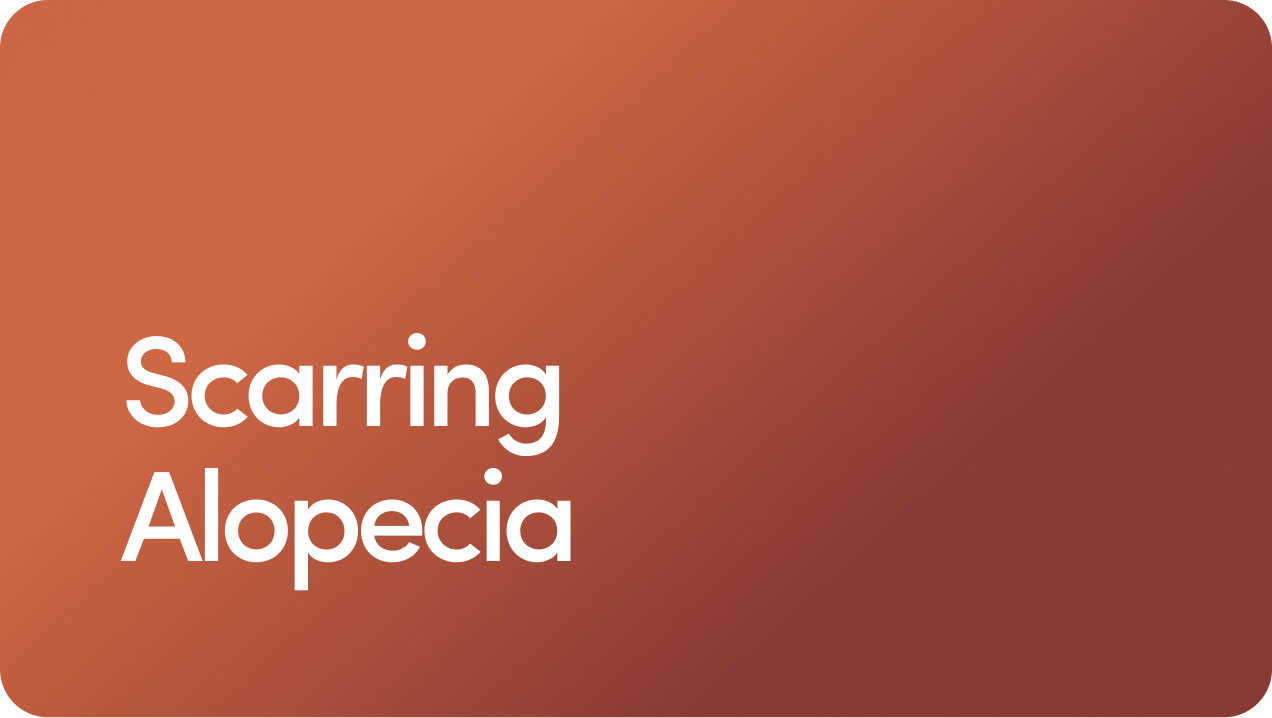Content
Regrow hair in as few as 3-6 months
Finasteride Interactions: A Dermatologist Explains

You’re probably here because you’re wondering if finasteride has any drug interactions (or, in other words, if taking finasteride alongside any other medication or supplement increases side effects or makes the hair loss drug less effective). We’ll get right to it.
“Finasteride is one of the gold standard treatments for male pattern hair loss,” says to Hims medical reviewer and board-certified dermatologist Knox Beasley, MD, “While it has no known significant drug interactions, it’s still important to understand its potential side effects, risks, and how it may interact with other medications.”
The medication is approved to treat hair loss and an enlarged prostate, a condition referred to as benign prostatic hyperplasia (BPH), under the brand name Proscar®. It works by slowing the conversion of testosterone to dihydrotestosterone, another hormone that can bind to hair follicles, causing hair loss in those who are genetically sensitive to its effects.
The primary concern when using finasteride alongside other medications is accidentally causing unusually high concentrations of the drug in your blood, which can lead to more serious side effects. Those side effects may include:
Skin irritation when using the topical formulation
Sexual side effects like reduced libido
Allergic reactions
Conditions like skin irritation are most likely to occur when topical finasteride is combined with another topical medication, so talk to your doctor if you’re using something like abametapir topical lotion.
While sexual side effects can occur, some of the claims can be a bit overblown. The truth is that in clinical studies, less than 2 percent of finasteride users experienced erectile dysfunction, a decrease in libido, or an ejaculation disorder.
It’s also worth noting that a small number of men who take finasteride continue to experience some side effects even after cessation of treatment. This has been occasionally referred to as post-finasteride syndrome.
Generally speaking, you should share all types of medications, including any supplements, you’re taking with a healthcare provider to get the appropriate medical advice to stay safe. And if you’re one of the few who experience finasteride side effects, contact your healthcare provider for further instructions.
Quick PSA:
Some drugs can compound the positive effects of finasteride, including minoxidil, commonly known as Rogaine®. “Finasteride and minoxidil are commonly combined and very effective when used together,” Dr. Beasley says.
Minoxidil isn’t a blocker of DHT levels like finasteride. Instead, this FDA-approved drug works by increasing blood flow to the parts of your body that need it most, encouraging hair growth.
Since it doesn’t have the same mechanism of action as finasteride, using the two drugs together can increase the effectiveness of both compounds in fighting and even potentially reversing the effects of hair loss.
With this in mind, hair loss treatments like minoxidil foam and minoxidil solution might be great additions to your hair loss treatment plan.
Content
Unfortunately, certain health conditions unrelated to your hair follicles may create a serious risk if you’re dealing with them while using finasteride.
Specifically, people with urologic and liver conditions may not be able to take finasteride safely.
“Patients with possible underlying urological conditions like Benign Prostatic Hypertrophy (BPH) or decreased urinary flow should consult a urologist for evaluation before starting. Patients with chronic liver disease and prostate cancer diagnosed in the last five years should also not take finasteride,” Dr. Beasley says.
Any conditions or medications related to these issues should be shared with a healthcare provider before taking finasteride.
Additionally, there is a slightly increased risk of developing high-grade prostate cancer as a result of taking finasteride. Prostate cancer and prostate enlargement have been associated with 5-alpha reductase inhibitors like dutasteride as well as finasteride.
Keep in mind, however, that while these issues have been associated with finasteride in research, it was at a dosage of 5 milligrams, which is significantly higher than the recommended finasteride dose of 1 milligram.
There’s also a potential relationship to breast cancer for both men and women that’s been noted in research on finasteride, as well as breastfeeding risks that led to nipple discharge in infants.
We should note that Propecia is not FDA-approved for treatment in women. Finasteride is contraindicated in pregnant women, so those who are pregnant or trying to conceive should avoid any contact with the tablets. Dr. Beasley says that finasteride should not be touched or handled by anyone who is pregnant due to the potential risk of genital malformation in a developing fetus.
While there are no known significant drug interactions with finasteride, it should still not be combined with other 5-alpha-reductase inhibitors, Dr. Knox says.
“Due to the risk of additive side effects, you should not start finasteride if you are taking another 5-alpha-blocker like dutasteride.” He adds that most supplements are generally okay to take with finasteride; however, saw palmetto, being a 5-alpha blocker, may potentially increase the risk of side effects.
Many people also wonder if it’s okay to take finasteride with testosterone, since finasteride slows the conversion of testosterone to DHT. Dr. Beasley says that it’s usually safe to take finasteride in addition to testosterone, though it’s wise to check in with your doctor first.
Finasteride is considered very safe and effective overall. According to its FDA label, there are no major drug interactions associated with it.
Here’s how to stay safe when taking finasteride:
Be aware of any potential side effects of finasteride, and make sure you report any of them to a healthcare professional.
Only take your instructed dose of finasteride. Taking more than what you are prescribed can increase your risk of experiencing side effects.
You should consult your healthcare provider before using finasteride and clarify what, if any, medications you’re taking that might cause problematic interactions. Also make sure they are aware of any health conditions you have.
Ready to get started? We offer a range of hair loss treatments, and a healthcare provider can help you determine what might be best for your particular hair loss situation, from prescription drugs to over-the-counter and lifestyle options..
7 Sources
- Diviccaro, S., et al. (2019). Post-finasteride syndrome: An emerging clinical problem. https://www.ncbi.nlm.nih.gov/pmc/articles/PMC7231981/ .
- Kinter KJ, & Anekar AA. (2023). Biochemistry, Dihydrotestosterone. https://www.ncbi.nlm.nih.gov/books/NBK557634/ .
- PROPECIA® (finasteride) tablets for oral use. (2012). https://www.accessdata.fda.gov/drugsatfda_docs/label/2012/020788s020s021s023lbl.pdf .
- Salisbury BH. & Tadi P. (2023). 5-Alpha-Reductase Inhibitors. https://www.ncbi.nlm.nih.gov/books/NBK555930/ .
- Singh, M. K., & Avram, M. (2014). Persistent sexual dysfunction and depression in finasteride users for male pattern hair loss: a serious concern or red herring?. https://www.ncbi.nlm.nih.gov/pmc/articles/PMC4285451/ .
- Suchonwanit, P., et al. (2019). Minoxidil and its use in hair disorders: a review. https://www.ncbi.nlm.nih.gov/pmc/articles/PMC6691938/ .
- Zito PM, et al. (2022). Finasteride. https://www.ncbi.nlm.nih.gov/books/NBK513329/ .
Editorial Standards
Hims & Hers has strict sourcing guidelines to ensure our content is accurate and current. We rely on peer-reviewed studies, academic research institutions, and medical associations. We strive to use primary sources and refrain from using tertiary references. See a mistake? Let us know at [email protected]!
This article is for informational purposes only and does not constitute medical advice. The information contained herein is not a substitute for and should never be relied upon for professional medical advice. Always talk to your doctor about the risks and benefits of any treatment. Learn more about our editorial standards here.
Knox Beasley, MD
Education
Bachelor of Science, Life Sciences. United States Military Academy.
Doctor of Medicine. Tulane University School of Medicine
Training
Dermatology Residency. San Antonio Uniformed Services Health Education Consortium
Certifications
Board Certified. American Board of Dermatology
Medical Licenses
Dr. Beasley is licensed in all 50 states
Affiliations & Memberships
Fellow, American Academy of Dermatology
Specialties & Areas of Focus
Hair Loss, Dermatology
Years of Experience
10 years of clinical practice as a Dermatologist
Previous Work Experience
Medical Director - YouHealth Medical Groups, 2025–
Private practice, 2024–
Chief of Dermatology - , 2015–2019
Publications
Wilson, L. M., Beasley, K. J., Sorrells, T. C., & Johnson, V. V. (2017). Congenital neurocristic cutaneous hamartoma with poliosis: A case report. Journal of cutaneous pathology, 44(11), 974–977.
Banta, J., Beasley, K., Kobayashi, T., & Rohena, L. (2016). Encephalocraniocutaneous lipomatosis (Haberland syndrome): A mild case with bilateral cutaneous and ocular involvement. JAAD case reports, 2(2), 150–152.
Patterson, A. T., Beasley, K. J., & Kobayashi, T. T. (2016). Fibroelastolytic papulosis: histopathologic confirmation of disease spectrum variants in a single case. Journal of cutaneous pathology, 43(2), 142–147.
Beasley, K., Panach, K., & Dominguez, A. R. (2016). Disseminated Candida tropicalis presenting with Ecthyma-Gangrenosum-like Lesions. Dermatology online journal, 22(1), 13030/qt7vg4n68j.
Kimes, K., Beasley, K., & Dalton, S. R. (2015). Eruptive milia and comedones during treatment with dovitinib. Dermatology online journal, 21(9), 13030/qt8kw141mb.
Miladi, A., Thomas, B. C., Beasley, K., & Meyerle, J. (2015). Angioimmunoblastic t-cell lymphoma presenting as purpura fulminans. Cutis, 95(2), 113–115.
Beasley K, Dai JM, Brown P, Lenz B, Hivnor CM. (2013). Ablative Fractional Versus Nonablative Fractional Lasers – Where Are We and How Do We Compare Differing Products?. Curr Dermatol Rep, 2, 135–143.
Siami P, Beasley K, Woolen S, Zahn J. (2012). A retrospective study evaluating the efficacy and tolerability of intra-abdominal once-yearly histrelin acetate subcutaneous implant in patients with advanced prostate cancer. UroToday Int J, June 5(3), art 26.
Siami P, Beasley K. (2012). Dutasteride with As-Needed Tamsulosin in Men at Risk of Benign Prostate Hypertrophy Progression. UroToday Int J, Feb 5(1), art 93. https://www.urotoday.com/volume-5-2012/vol-5-issue-1/48691-dutasteride-with-as-needed-tamsulosin-in-men-at-risk-of-benign-prostatic-hypertrophy-progression.html
Why I Practice Medicine
Dr. Beasley began doing telemedicine while serving in the U.S. Army, providing dermatologic care for soldiers stationed around the world. This experience sparked his passion for telemedicine and inspired his commitment to expanding access to healthcare for patients across the United States.
Hobbies & Interests
In his free time, Dr. Beasley enjoys cooking, reading, and trips to the beach with his wife and two kids (with sunscreen of course).
Related Articles
Related Conditions
 Hair Loss
Hair Loss
 Male Pattern Baldness
Male Pattern Baldness
 Dandruff
Dandruff
 Scarring Alopecia
Scarring Alopecia
 Seborrheic Dermatitis
Seborrheic Dermatitis
